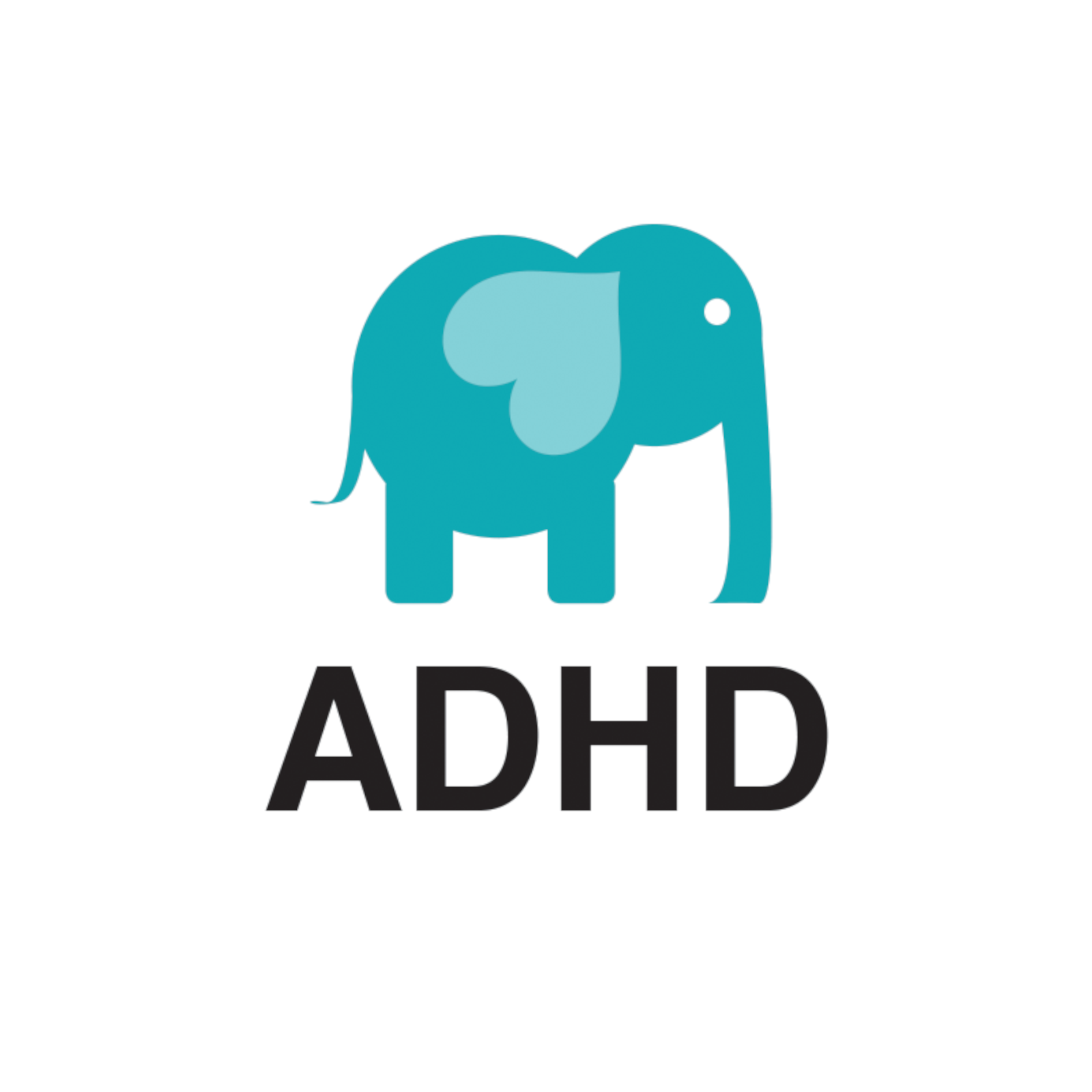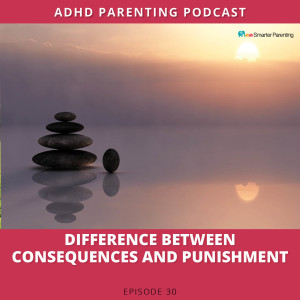
818.5K
Downloads
213
Episodes
Drawing on years of experience working with families, Parenting Coaches Siope Kinikini and Kimber Petersen share how families can improve, heal, and find success using the proven methods of the Teaching-Family Model. Visit smarterparenting.com to learn more.
Episodes

Wednesday Oct 02, 2019
Ep #30: Difference between consequences and punishments
Wednesday Oct 02, 2019
Wednesday Oct 02, 2019
Many parents view consequences and punishments as the same thing. They aren’t. Punishments are meant to cause harm and to scare your child into doing what you want them to do. A consequence, on the other hand, is intended to teach your child.
While punishments work short term, they damage the relationship long-term. Your child will come to fear you as punishments are generally personal and are often meant to humiliate. Consequences build the relationship with your child as your child understands that you’re disappointed in their behavior and not in them. Consequences occur naturally, are part of daily life, and are positive discipline for kids.
What do consequences versus punishments look like? Let’s say your child broke a plate. A punishment would be to break your child’s favorite toy. A consequence would be that your child would have to clean up the plate and do extra chores as restitution.
Kids need consequences. Consequences help them navigate the world and allow them to take responsibility for their actions. If parents don’t teach their children consequences, the world will.
When ADHD children aren’t doing what they should be, it can be easy to go straight to punishment mode as we want/need our child to behave.
Parents need to parent. They need to set healthy boundaries for their child and then follow through with consequences when those expectations aren’t met. Consistency is so important when it comes to following through with consequences.
Parents need to teach a child how to prevent problems.
For almost 50 years, Utah Youth Village has used the elements of the Teaching-Family Model to help parents better understand teaching versus punishing. Even with the most challenging kids, consequences work better than punishments in changing behavior, and teaching works better than consequences.
Teaching your child what they should do when they should do next time is forward-thinking. It helps them see they have options when it comes to behavior.
Teaching models good behavior. Teaching is positive. Teaching is empowering as it gives them options.
When you teach your child what they should do, you’re helping them avoid negative consequences. When they don’t feel like they are getting trouble all the time, it increases their self-worth.
The best way to decrease the number of consequences you give is to focus on the positive using Effective Positive Rewards. Effective Positive Rewards gives children an incentive to behave better. Effective Positive Rewards can be used for improvement--no matter how small. Effective Positive Rewards doesn’t have to be expensive or complicated. Often something little as getting a sticker, being able to read a book with mom or dad, or five extra minutes on devices, will be motivating to behave better.
When parents understand the difference between teaching versus punishing they can build relationships and set their child up for success.
For full show notes and transcript visit:https://www.smarterparenting.com/adhd-parenting-podcast/
